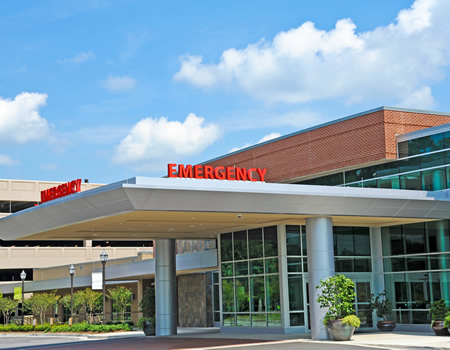Tips For New Medical Facility Construction

With the growing incidence of antibiotic-resistant infections in the world, research is beginning to turn towards what can be done to reduce the need for antibiotics in the first place.
Building new medical facilities with improved hospital design and construction can play an important role in helping to reduce this frighteningly serious problem. If you are making plans to build a new medical facility, here are a few tips to keep in mind for the design.
Copper Surfaces For New Hospital Construction
Copper is known to kill most microbes within about an hour. Thus, studies show that the use of copper can reduce the incidence of hospital acquired infections. Some of the scariest antibiotic-resistant infections around, such as MRSA, are frequently contracted as a result of a hospital stay. Reducing the transmission of hospital acquired infections is one of the best things we can do to reduce the spread of antibiotic-resistant infections.
Creative use of copper surfaces for new hospital construction can be a fundamental source of successful germ warfare. Since an ounce of prevention is worth a pound of cure, this ingenious method of cutting down on the number of germs that survive without adding more harsh chemicals to the routine is an excellent move.
Touch-Free Designs For Hospitals & Clinics
With proper design, a public bathroom can be adequately private without needing a door. Eliminating the door can eliminate one of the most germ-prone surfaces in a public building while also eliminating a step in the process that can add unnecessary risk for every single person who visits the hospital, whether patient, staff, visitor or another worker.
Similarly, entry doors can be activated by motion sensors. If you make it possible for sick people to come and go without touching a doorknob or door handle at all, you reduce the risk of cross-contamination. Anything you can do to stop creating situations where a great many unwell people come in contact repeatedly with the same surfaces is a move in the right direction.
Passive Solar For Hospital Heating & Cooling Efficiency
Forced air heat may not be the best means to keep your medical facility warm. Such systems can collect dust and allergens, grow mold and recirculate germs. In fact, Legionnaire's Disease often grows in cooling towers (air conditioning units for large buildings). This means that your hospital air conditioning system can incubate and spread a very serious infection. This is not a good means to take care of the health of your patients or staff, so you can make plans now to use passive solar for your medical facility construction.
Passive solar design elements can help keep a building at a comfortable temperature with fewer inherent dangers. It is a methodology that relies upon warmth from the sun, thermal mass and various design tricks to keep the physical structure itself at a comfortable temperature, thereby reducing the need to try to manipulate the internal air temperature directly. If the building itself is neither too hot nor too cold, the air is much less likely to be uncomfortably warm or cold.
As a bonus, passive solar design typically results in lower bills. There is less need to burn energy when the building simply stays a comfortable temperature because of good design, without being constantly fed new inputs to warm or cool it. Plus, passive solar design tends to result in a fundamentally more comfortable space.
Modern Times Call For Modern Medical Facility Construction
In the years since antibiotics were first discovered, the world has changed a great deal. Some of those changes — such as the growing resistance to antibiotics — are a bad thing. Others dramatically increase information and research into alternate solutions for serious problems. As we move forward into the 21st Century, new medical facility construction can focus on leveraging the good things as a means to reduce the problems that have affected everyone's health.